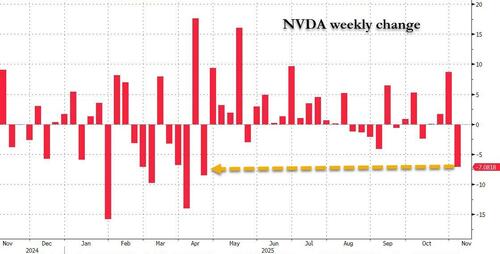The old chor-sipahi (thief and soldier) game is now being fought in cyberspace. And, as crooks use fraudulent schemes, the keepers of order have to keep pace.

The capital market regulator, the Securities and Exchange Board of India (Sebi), recently noticed that disappearing messages, chat groups and encrypted calls were being used for what looked like insider trading and front running (entering a trade to capitalise on advance, non-public knowledge of a large pending transaction) to make mega profits.
Sebi found the existing regulations could not extend to such cases and published a consultation paper to gather public opinion on new rules that presume malpractice if a particular rigorous set of conditions are met. This proposal is causing an uproar, with the wheels set in motion to scuttle it. Retail investors need to understand this paper and weigh in.
It is unfair to an average investor, who hopes to make long-term inflation and tax-plus return on equity investments, to see sharpshooters snatch undue profits. These profits are made because somebody inside or close to a company leaks information that impacts the stock price before it is made public. For example, if a shoe company gets a large order from a global chain, this information is price sensitive and investors would like to buy the stock to benefit from the growth and profit. But if an insider leaks this information and a crook buys before others, she gets a price advantage and makes undue profits. When the same people tend to make market-beating moves repeatedly, red flags are raised at Sebi.
Sebi’s state-of-the-art sophisticated alert-generation system triggered around 5,000 alerts against 3,588 entities in 2022. Out of these, 97 trading entities were noticed five times or more making these repetitive trades, and seemed to know exactly when to enter and exit, raking in crores in profits. With 15-20 million trades in a day in the equity market, the probability of somebody guessing the direction of a big trade is low, and the probability of doing this crystal-ball-investing, where they get the trade repeatedly right, is miniscule. In its search-and-seizure operations, Sebi came across the use of encrypted and disappearing messages, and the use of Telegram channels to communicate with what looked like unrelated parties to share price-sensitive information ahead of trades.
The existing regulatory firepower with Sebi is not enough to bring this malpractice to book, so the regulator wants to ensure that people with repetitive abnormal profits are presumed to be in violation of securities laws. When Sebi catches an unusual trading pattern (repeated profits due to correct market-timing) and there is information about a stock that will move prices (the shoe example above), but is not in the public domain, these two together can make this trade or set of trades “suspicious trading activity”. The entities caught will be given time to respond and explain how they repeatedly made winning bets. If they cannot explain their repeated wins, this will be treated as an unexplained suspicious trading activity. Any such activity is presumed to have violated the securities markets laws that are in place to prevent such crooked trading.
The essence of the proposed regulation is that if people are caught repeatedly making profits and there is some market- or stock-moving information at the same time, and if they cannot explain the continued good fortune that makes them crores of rupees in profits, they are presumed to be guilty.
The use of a presumption argument by Sebi is causing consternation, and back-channel wheels are being set in motion to kill this proposal. But using presumptions in law is not new. Other than the examples used by Sebi in this well-argued paper, look at the Indian Evidence Act 1872 to see an example we are familiar with. Section 113A says that if a married woman commits suicide within seven years of marriage, the husband (and/or his family) is presumed to have abetted the suicide. Or take the case of the Competition Act, 2002, where Section 3.3.d says that any agreement between parties that “directly or indirectly results in bid rigging or collusive bidding, shall be presumed to have an appreciable adverse effect on competition”.
The existing firepower with Sebi needs to keep pace with new technologies. More importantly, its need is felt, when seen against the backdrop of a few recent Supreme Court (SC) judgments that have left a question mark on the ability of some in the judiciary to understand the intricacies of the securities markets.
For example, in an April 19, 2022, order, the SC overturned both Sebi and Securities Appellate Tribunal (SAT) judgments in the PC Jeweller case. What seemed to be an open-and-shut case of insider trading with a “preponderance of evidence”, pointing to sharing stock price-sensitive information by parties that resided at the same location, the SC ruled that both Sebi and SAT were wrong because they did not consider the family disputes that must have prevented sharing of information.
There are other recent examples of the judiciary not fully appreciating the complexities of insider trading and stock market regulations. Just as the courts mandate a law degree before reporters can cover legal proceedings, maybe a finance certification course could come in useful for the judiciary.
This Sebi paper, therefore, is an important step in the right direction. As direct investors into the stock markets, retail investors need to engage with this important piece of regulation and understand what the regulator is attempting to do. The big swingers on the markets have access to powers that be — you do not.
Monika Halan is the author of the bestselling book Let’s Talk Money She has served on various Sebi and other government committees in the past two decades. The views expressed are personal















